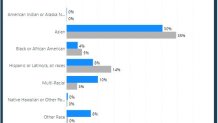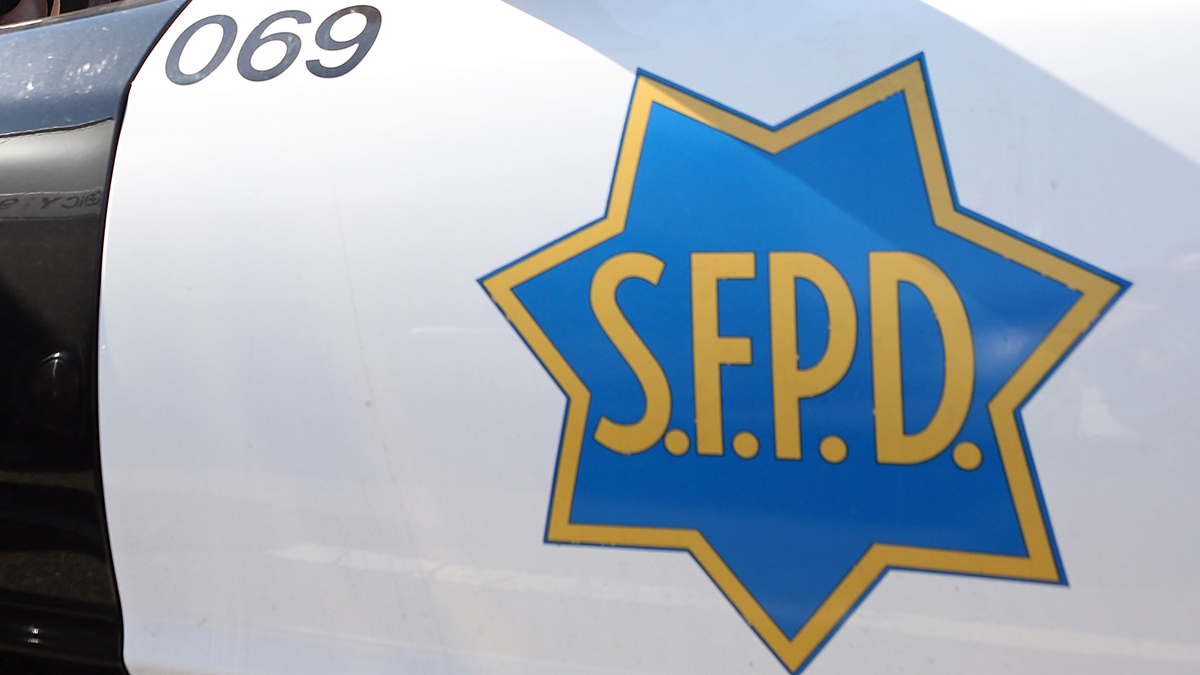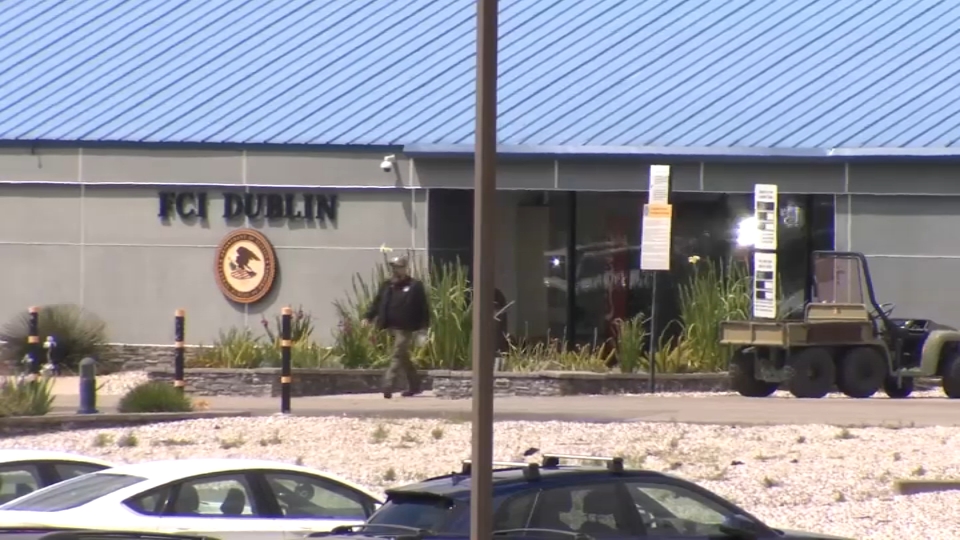Editor’s Note: The explanation of the vaccination data shown in the graphic has been adjusted in this update to clarify exactly what population percentages represent.
San Francisco’s Latinx residents are being vaccinated at a lower rate compared to other populations in the city even though the community has been one of the hardest hit by COVID-19, research shows.
This is new data released by the city and county’s Department of Public Health (SFDPH) to the Investigative Unit Tuesday showing 30% of people vaccinated so far in San Francisco are White, 30% are Asian, 4% are African American or Black and 8% are Latino/a.
White and Asian communities make up much larger percentages of San Francisco's entire population, according to the data. Healthcare workers are also heavily represented in the numbers, SFDPH said.

If you’re looking at how many residents of each community have been vaccinated, the data’s raw numbers – also provided by SFDPH – show 9% of San Francisco’s Latino/a residents have been vaccinated, while 11%-13% of Asian, Black and White residents have had at least their first shot.
The Investigative Unit contacted several community clinics in San Francisco and learned they’re concern about be a lack of representation in the city’s vaccination plan – and a lack of vaccines allocated to them.
Local
“We’re not getting any vaccines,” Brenda Storey, Executive Director of Mission Neighborhood Health Center [MNHC] Wednesday. “[And] we’re not getting any explanation, which is the piece that’s frustrating.”
MNHC has served San Francisco’s Mission District for more than 50 years. It has an active patient roster of vulnerable patients who are more likely receive the vaccine if they can get it at their neighborhood clinic, according to Storey.
“[Our patients] have the trust in us. They live in the neighborhood,” she said.

SFDPH data shows the city’s COVID Command Center (CCC) retained 63% of the nearly 80,000 doses it received from the state, as of February 4. CCC officials said most of the doses were used to inoculate healthcare workers, as required by state priority rules. About 7% went to community clinics, according to the data, which was just enough to vaccinate clinic employees.
Adding to the confusion and concerns over equity, San Francisco Community Clinic’s Consortium CEO Sabra Matovsky said “some [clinics] got no vaccines for patients [last week], while others did.”
Questions surrounding vaccine allocation to providers became more pressing, several clinics said, after they learned of new mass vaccination sites planned around the city and neighborhood pop-up clinics backed by SFDPH.
“Why couldn’t we get at least some [of those doses] to start with our 90-year-olds?” asked Storey who has over 800 patients over the age of 75, many of whom are not able or willing to go to mass vaccination sites because of concerns over lines, language and lack of transportation.
“We need to have a seat at the table,” said Dr. Kenneth Tai with North East Medical Services, which serves vulnerable Asian patients in San Francisco. “A lot of these high thorough-put clinics actually don’t have the language capacity.”
CCC Operations Section Chief Dr. Andrea Tenner said San Francisco is about 80% complete vaccinating healthcare workers and is ramping up vaccinating patients 65 years of age and over. The mass vaccination sides, she added, helps to get as many shots into arms. Statewide, officials have been criticized of falling behind on vaccinations.
“This is an unprecedented vaccination effort,” she said. “We’re balancing getting vaccines out as quickly as possible and getting it to all of our partners…but we have over 150 different providers that are registered with the city.”
Dr. Tenner explained San Francisco – like counties across California – is battling a vaccine supply problem. Before allocating doses, county officials need to ensure smaller providers are prepared to administer them in terms of space, storage and trained employees, she said.
Last week, The Investigative Unit reported on nearly 100,000 doses sitting unused in Santa Clara County, showing some smaller clinics struggle to administer vaccines as quickly as larger entities.
WATCH: Nearly 100K Vaccine Doses Unused in Santa Clara County, Smaller Providers Struggling
But the value in community clinics isn’t quantity, their organizers say; it’s equity.
After our interview with Mission Neighborhood Health, the clinic received 500 vaccines, enough to start vaccinating some of their patients. The San Francisco Community Clinic Consortium said after this report there was “a significant improvement in [their] communication with the San Francisco Department of Public Health and [they] are coordinating vaccine resources.”
San Francisco health officials said they are targeting vulnerable communities and plan to release additional vaccination data based on race and ethnicity this week.
“There are definitely ways we can improve our communication.” Dr. Tenner said.
Candice Nguyen is an investigative reporter for NBC Bay Area's Investigative Unit. Contact her about this story or others by emailing candice.nguyen@nbcuni.com.



